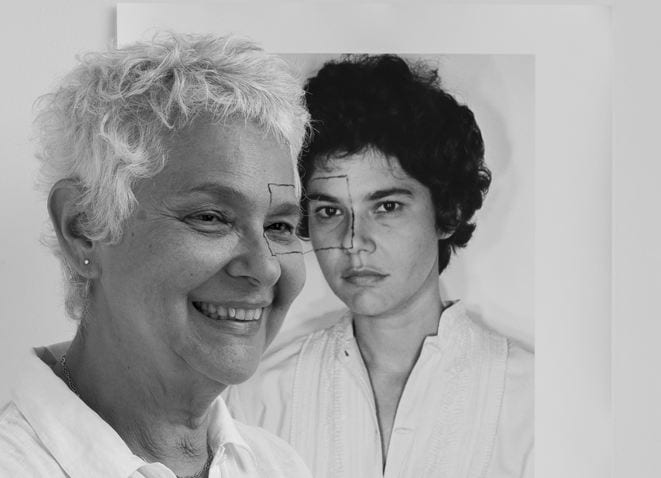
PORTER AND I
BY KATE HUR, ABNER ALDARONDO, NICHOLE FERNANDEZ, MAYA LEDESMA, AND GABBY AVENA
Photograph: Liliana Porter, Forty Years (Self-portrait with Square, 1973), 2013, chromogenic print
“I WANTED TO BE A VISUAL ARTIST IN THE WAYS BORGES IS A WRITER – CLEAR, INTELLIGENT, AND HUMOROUS.”
-LILIANA PORTER, 2022
“YO QUERÍA SER UNA ARTISTA VISUAL EN LA MANERA QUE BORGES ES UN ESCRITOR: CLARO, INTELIGENTE Y GRACIOSO.”
– LILIANA PORTER, 2022
“I do not know who writes this page” ends Jorges Luis Borges’ famous autobiographical short story “Borges and I.“
The story deals with the philosophical question: Who are we? He makes the distinction between the narrator (himself) and Borges the writer, “the one things happen to.” Borges’s interrogation of his identity is, by extension, a question of authorship.
Drawing on this theme, Porter and I is an interactive exhibition inspired by Liliana Porter and how she questions strict boundaries and rules in her career as an artist. The virtual and the physical—the representation of a thing and the real thing—are two realities that animate Porter’s art. Using kitschy toys and cunning photographs, she makes playful yet sharp commentaries on time and space.
We hope to emphasize how you, the audience, can challenge the boundaries between these two realities. Instead of labels that guide your interpretation of Liliana Porter’s art, we hope that the interactive activities will allow you to form your own interpretation.
Embedded below is a Padlet—a virtual bulletin board. It is a white space that resembles many of the backgrounds in Porter’s work. Anyone can draw or add shapes, attach images, or upload text. We invite you to add photographs from the activities outlined below, each inspired by Porter’s art. Our activities are inspired by For You / Para Usted, The Square (El cuadrado) and Dialogues / Diálogos series, and Rehearsal. Each work’s easily replicable nature lends itself to digital interactivity and manipulation.
Common notions of the artist, audience, and curator are disrupted when you add to the whiteboard. You simultaneously become the artist, the audience, and the curator.
Remember, the Padlet embraces impermanence; someone can suggest an alteration to your work. Please note that there will be a slight delay as posts require review before they are made public.
“No sé cuál de los dos escribe esta página” termina el relato autobiográfico famoso de Borges, “Borges y yo.”
El relato, trata de la pregunta filosófica: ¿Quiénes somos? Él hace la distinción entre el narrador (sí mismo) y el Borges escritor “es a quien le ocurren las cosas”. El interrogatorio de Borges sobre su identidad es por extensión una cuestión de autoría.
Basado en este tema, Porter and I es una exhibición interactiva inspirada en Liliana Porter y cómo ella cuestiona los límites y reglas estrictas en su carrera como artista. Lo virtual y lo físico, o la representación de una cosa y la cosa real, son dos realidades que animan el arte de Porter. A través de juguetes kitsch y fotografías astutas, ella hace comentarios lúdicos pero agudos sobre el tiempo y el espacio.
Esperamos subrayar cómo tú, la audiencia, puede cuestionar los límites entre estas dos realidades. En vez de etiquetas que guían hacía una interpretación sobre el arte de Liliana Porter, esperamos que las actividades interactivas permitan formarte tu propia interpretación.
Abajo hay un Padlet, un tablón virtual. Es un espacio en blanco parecido al trasfondo de gran parte del trabajo de Porter. Cualquiera puede dibujar, añadir formas e imágenes o textos. A continuación, les invitamos a que abajo añadan fotos de las actividades, cada una se inspira en el arte de Porter. Nuestras actividades son derivadas de las obras For You/Para Usted, las series The Square (El cuadrado) y Dialogues / Diálogos y Rehearsal. El carácter reproducible de cada obra se presta a la interactividad y manipulación digital.
Conceptos comunes del artista, la audiencia y el curador son interrumpidos cuando respondes al tablón convirtiéndote a la vez en el autor, la audiencia y el curador.
Recuerda, el tablón acepta la impermanencia; cualquier persona puede sugerir o realizar cambios a tu trabajo. Antes de visibilizar tu trabajo en la pantalla este debe ser revisado por la configuración de protección del programa.
Embedded below is a Padlet—a virtual bulletin board. It is a white space that resembles many of the backgrounds in Porter’s work. Here, the Padlet is included as a space to imagine the addition of content (drawings, photographs from the activities outlined below, or texts).
Our activities are inspired by For You / Para Usted, The Square (El cuadrado) and Dialogues / Diálogos series, and Rehearsal. Each work’s easily replicable nature lends itself to digital interactivity and manipulation.
Common notions of the artist, audience, and curator are disrupted when you add to the whiteboard. You simultaneously become the artist, the audience, and the curator.
—
Abajo hay un Padlet, un tablón virtual. Es un espacio en blanco parecido al trasfondo de gran parte del trabajo de Porter. Aquí, el Padlet es incluido como un espacio para que imagines qué contenido agregarías (dibujos, fotografías de las actividades que se describen a continuación o textos).
Nuestras actividades son derivadas de las obras For You/Para Usted, las series The Square (El cuadrado) y Dialogues / Diálogos y Rehearsal. El carácter reproducible de cada obra se presta a la interactividad y manipulación digital.
Conceptos comunes del artista, la audiencia y el curador son interrumpidos cuando respondes al tablón convirtiéndote a la vez en el autor, la audiencia y el curador.
I. LINE / SHADOW
I. LINEA / SOMBRA


Liliana Porter’s work often deals with moving from physical to virtual space. As shown in The Square (El cuadrado) series, Porter’s hand becomes part of the canvas as the square travels to her palm.
Please place your hand on the silhouettes and extend the line onto your hand. Your work extends the line beyond paper to hand; it extends it from skin to screen.
Click here to add your work to the Padlet.
El trabajo de Liliana Porter a menudo trata de pasar del espacio físico al virtual. Como se muestra en la serie The Square (El cuadrado), la mano de Porter se convierte en parte del lienzo a medida que el cuadrado viaja hasta su palma.
Por favor pon tu mano sobre las siluetas y extienda la línea sobre su mano. En tu replicacción la línea se extiende más allá del papel a la mano; lo extiende desde la piel a la pantalla.
Haz clic aquí para agregar tu trabajo al Padlet.
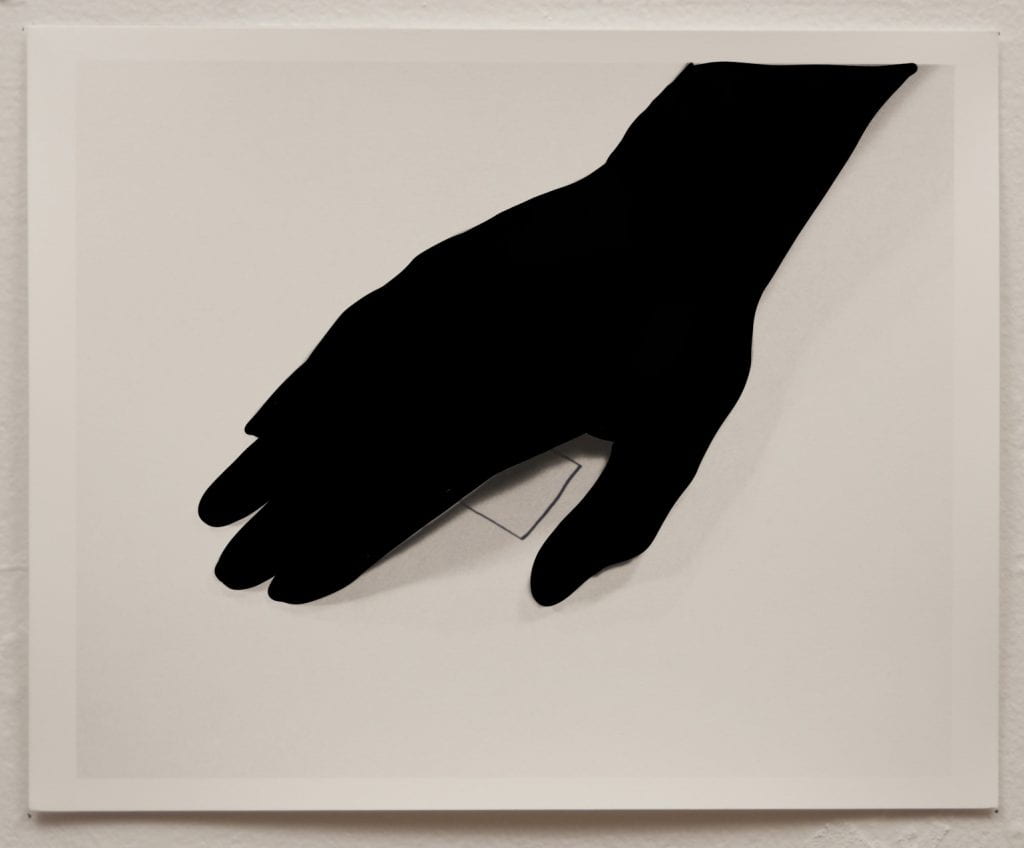
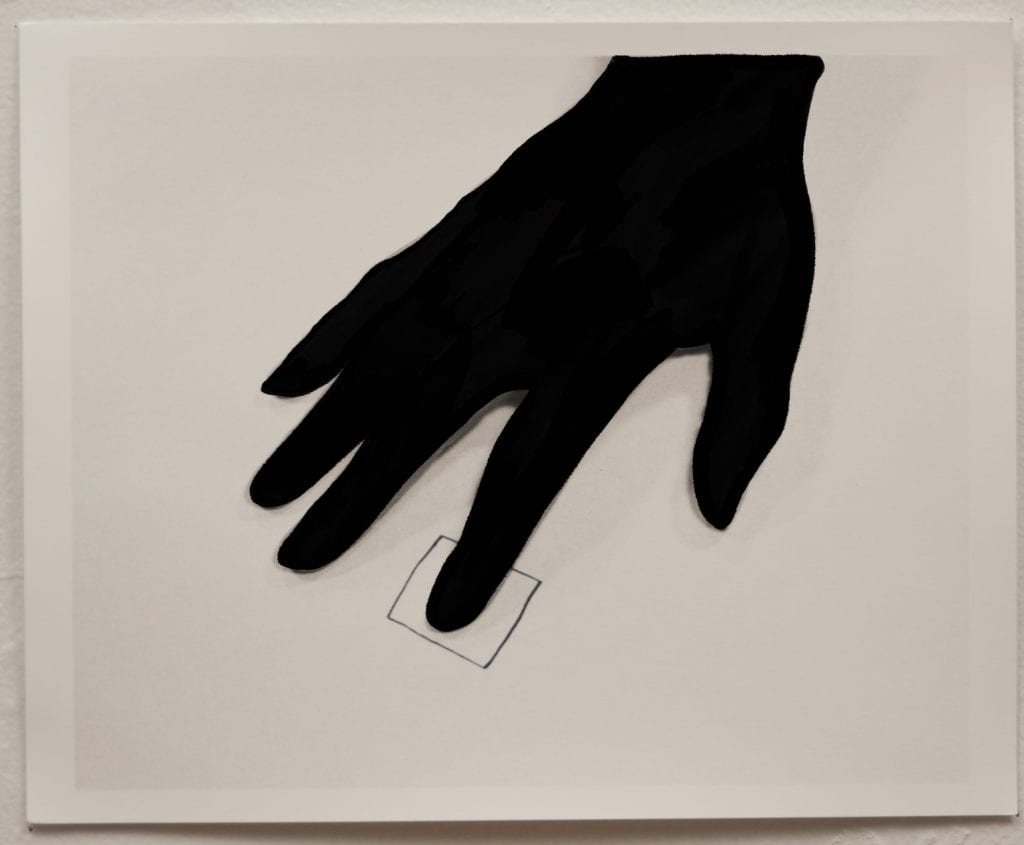
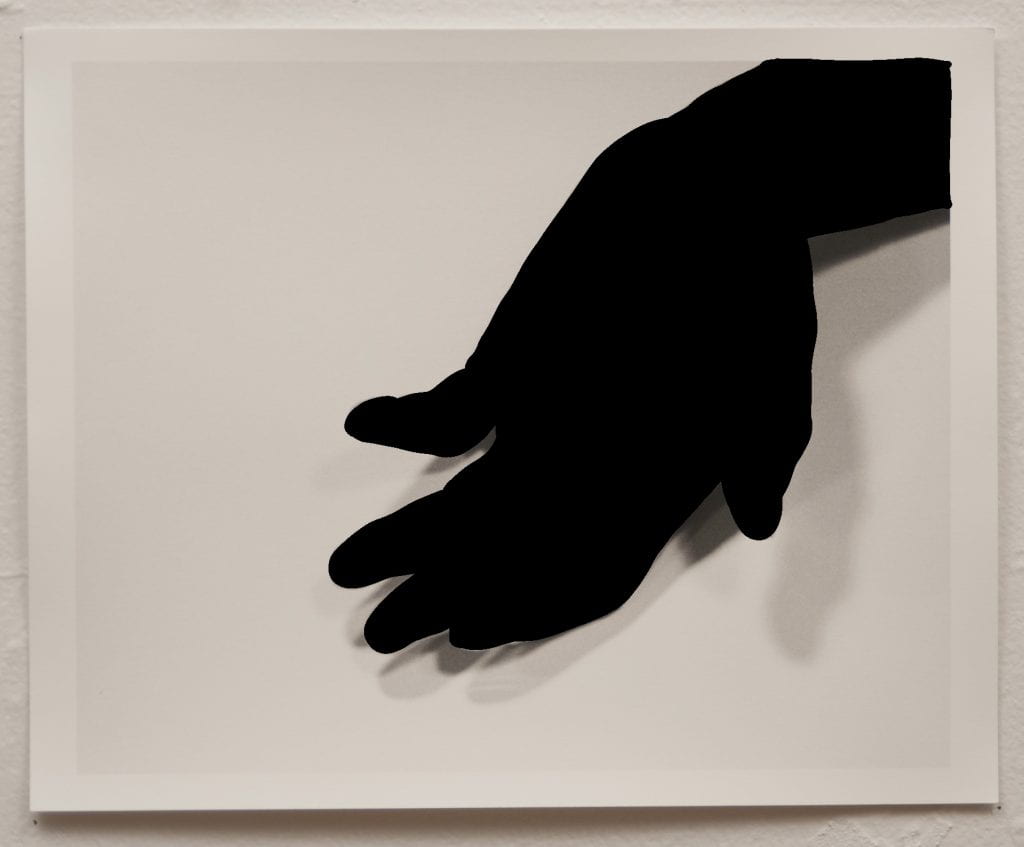
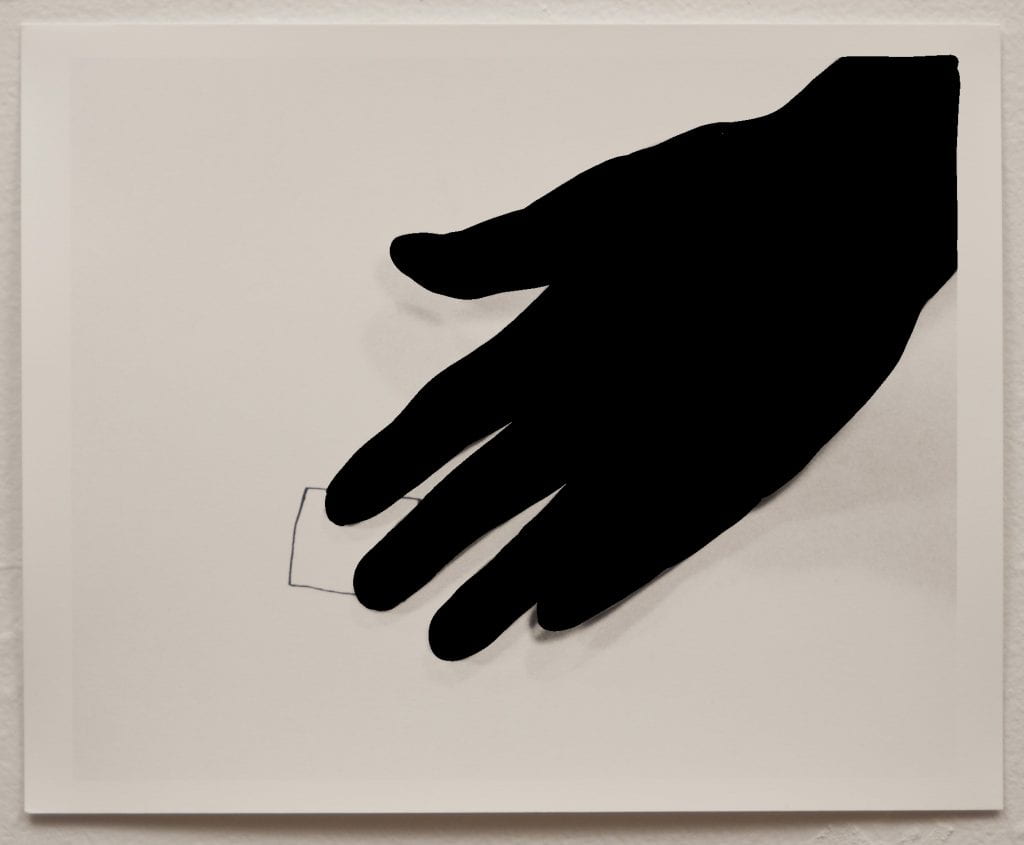
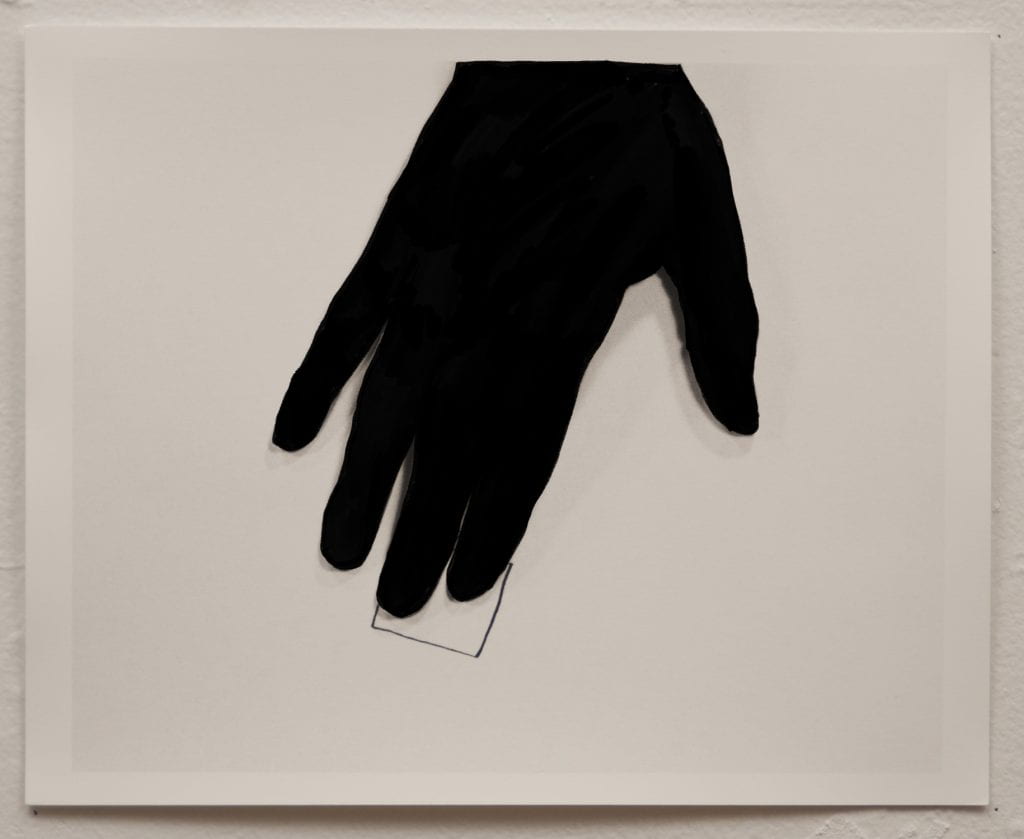
II. DIALOGUES
II. DIÁLOGOS

Porter’s humorous series of Dialogues force us to consider how objects with completely different contexts meet. They are a prime showcase of how her work understands “that things change and re-signify depending on the context and the person looking at it” (Katzenstein 37). We wonder, how might Porter’s artwork change when her figurines are placed in relation to something from your context?
Using the images provided below, put an object from your life in conversation with Porter’s cast of Them. What associations does your object bring? What conversation is it having with Porter’s toys?
Click here to add your work to the Padlet.
La serie humorística Diálogos nos obliga considerar como objetos con contextos completamente diferentes se conocen. La serie es representativa de su arte, lo cual expone “que las cosas cambian y se resignifican de acuerdo al que las mira y al contexto” (Katzenstein 37). Nos preguntamos, ¿cómo cambia el arte de Porter al incluir tu contexto?
Utilizando las imágenes que aparecen abajo, te invitamos a colocar un objeto de tu vida y ponerlo en conversación con el elenco de Them. ¿Qué asociaciones trae tu objeto? ¿Qué conversación está teniendo con los juguetes de Porter?
Haz clic aquí para agregar tu trabajo al Padlet.
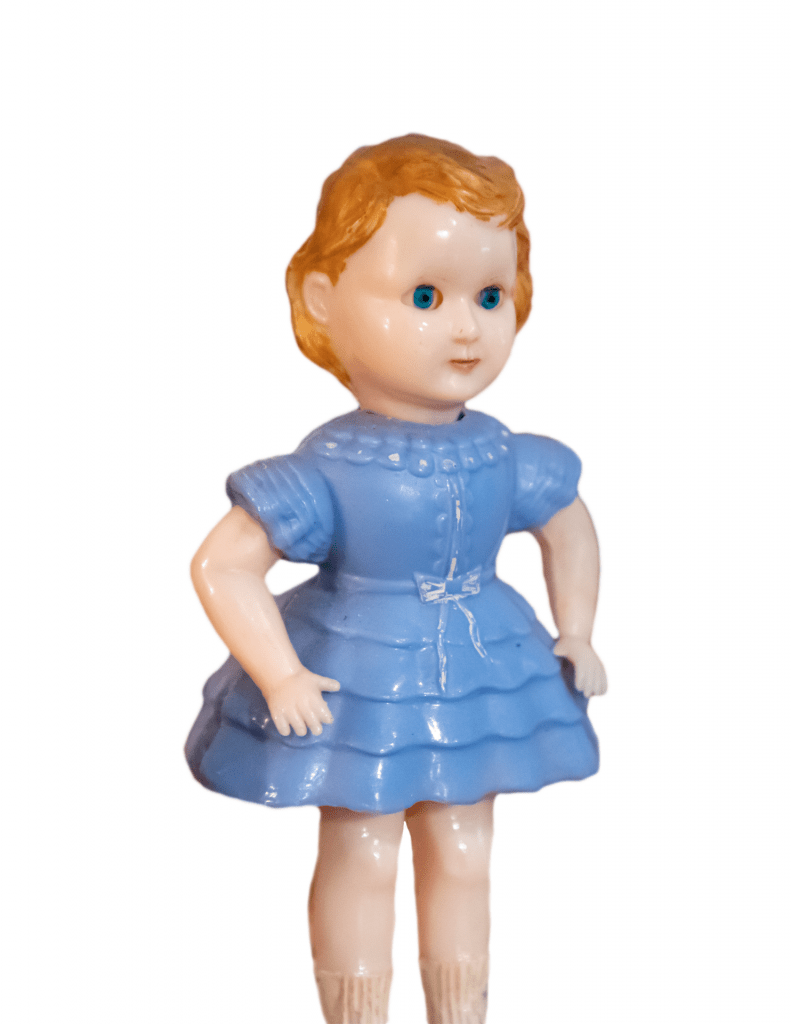
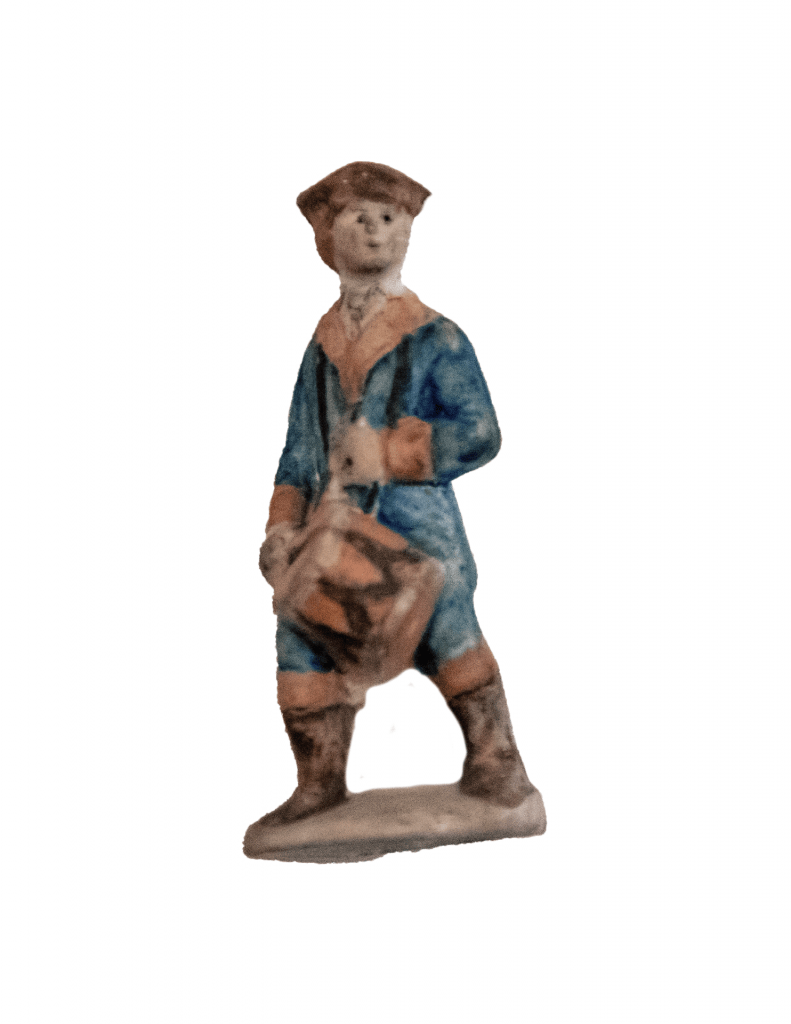
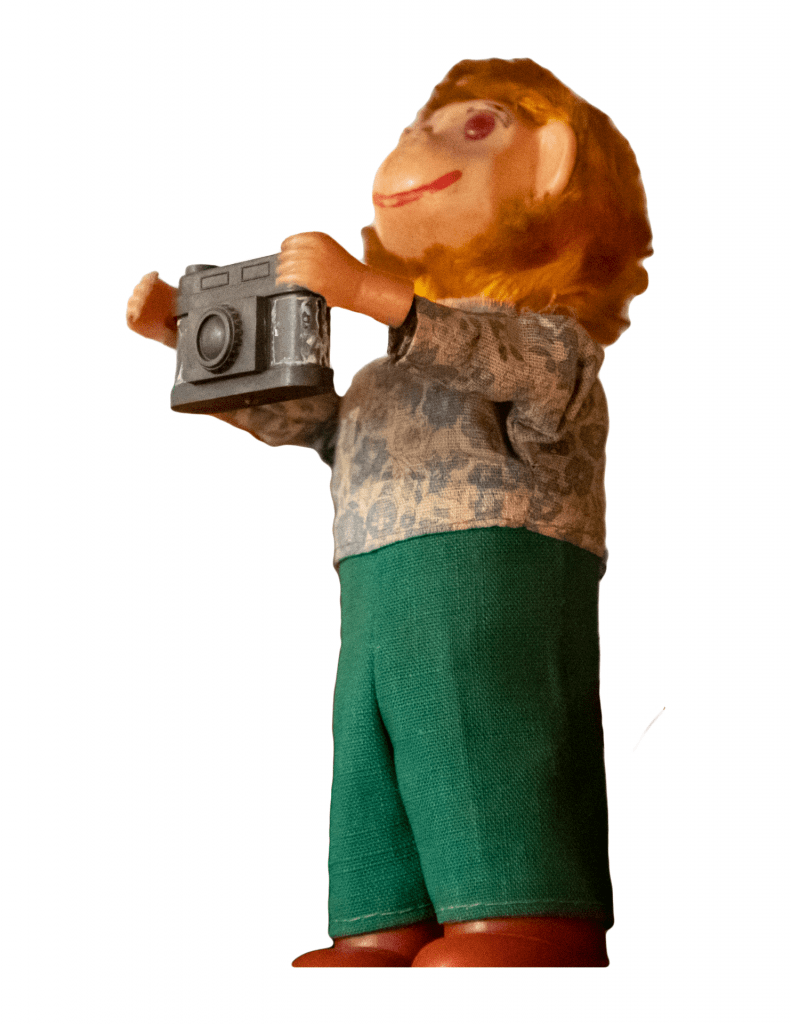

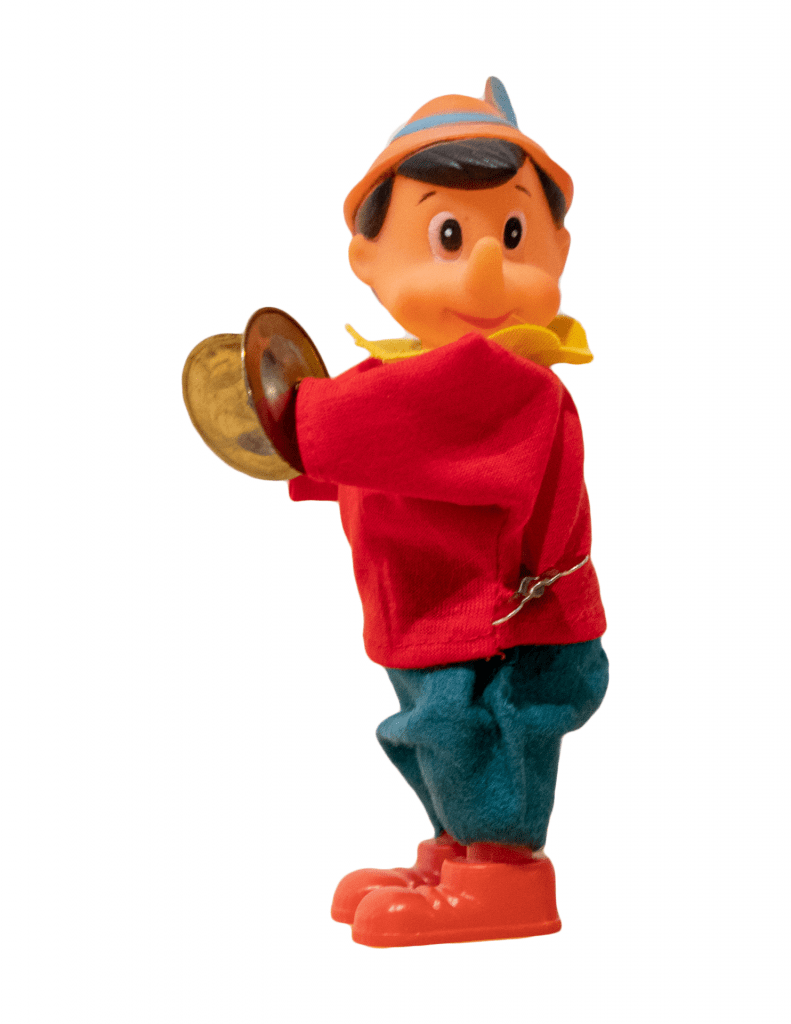
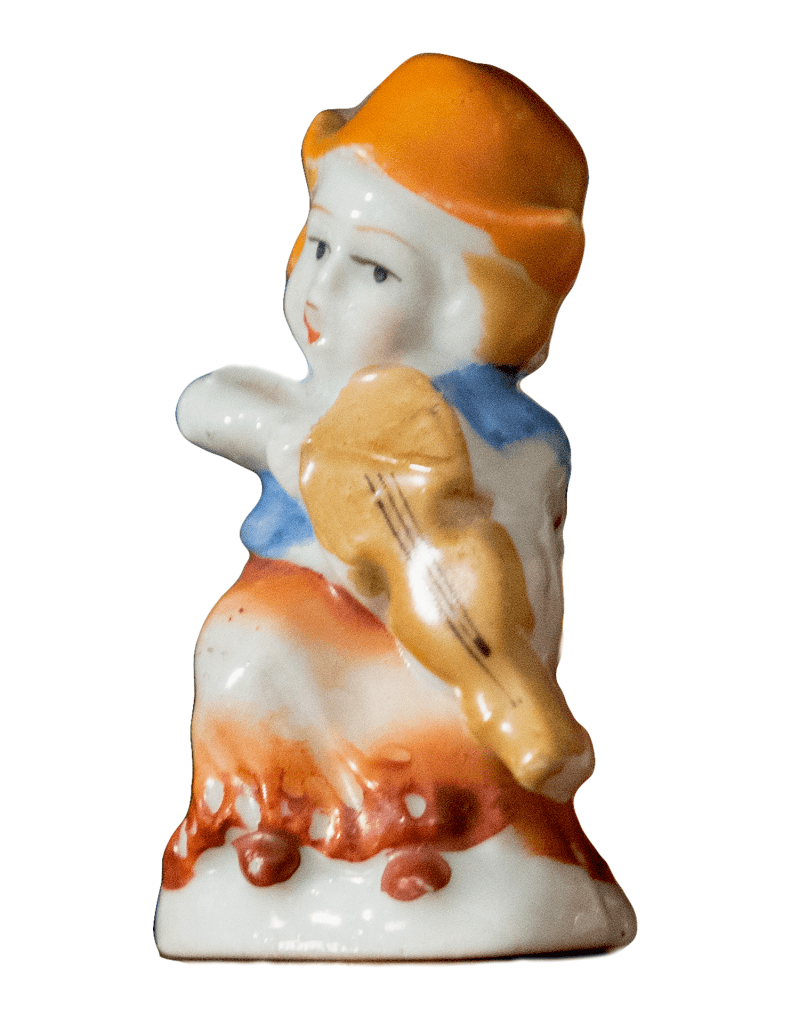
Text citation: Liliana Porter in Conversation with Inés Katzenstein. In Fundación Cisneros/Colección Patricia Phelps de Cisneros, 2013.
III. REHEARSAL
III. REHEARSAL
Porter crafts narratives through the interaction of sight and sound in Rehearsal (2008, for Dia Art Foundation). Chicks sing “La Donna è mobile” in mechanized human voices. Each duck plays a different version of the same track when clicked on, an effect only made possible by the internet’s potential for interactivity. The content embedded below is inspired by Porter’s web-based project. The choir’s voices are replaced by audio from Google’s Foley Sound Library.
What kind of narrative do these sounds provoke? Is it humorous? Surprising? How are you invited into the chorus?
Click here to add your work to the Padlet.
Porter involucra la mirada y el sonido para construir historias en Rehearsal (2008, por Dia Art Foundation). Pollitos cantan “La Donna è mobile” con voces humanas mecanizadas. Cada pollito canta su propia versión de la canción al hacerle clic, un efecto hecho posible gracias a la interactividad del internet. El contenido incrustado abajo está inspirado por el proyecto web de Porter. Las voces del coro son reemplazadas por audio de Foley Sound Library de Google.
¿Qué tipo de narrativa provocan estos sonidos? ¿Es gracioso? ¿Sorprendente? ¿Cómo te invitan al coro?
Haz clic aquí para agregar tu trabajo al Padlet.
This project includes a combination of images created by student curators to demonstrate the activities and of artworks by Liliana Porter, courtesy of the artist.
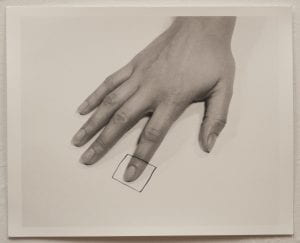
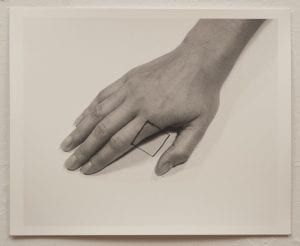
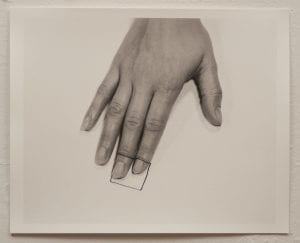
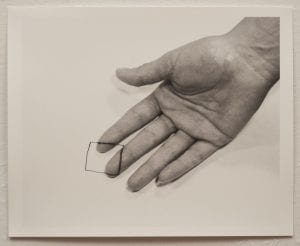
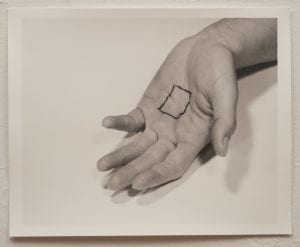
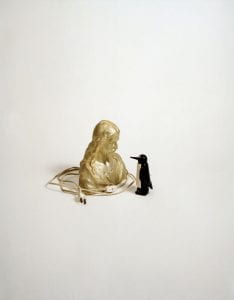
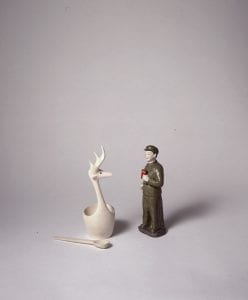
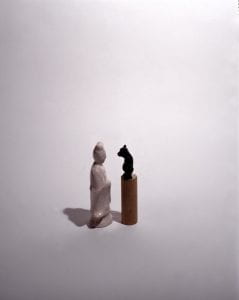
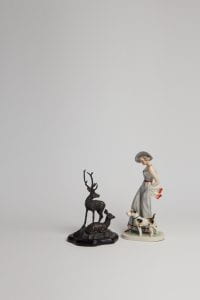
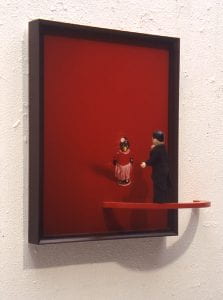
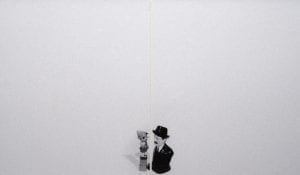
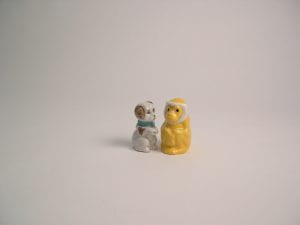
You must be logged in to post a comment.